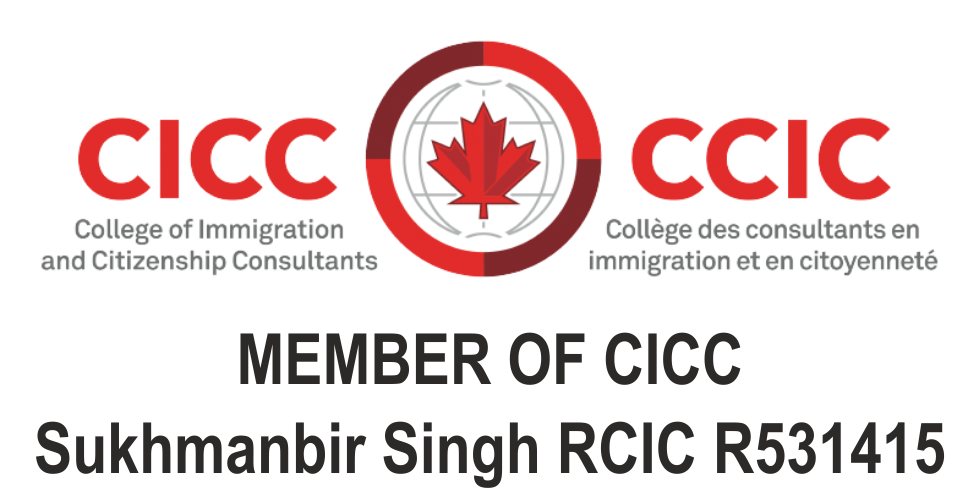Visitor Visa
The Canada Visitor Visa program is designed to encourage tourism while ensuring the safety and security of Canadians. A visa must first be obtained by all visitors who wish to come to Canada. The visa process is straightforward, with several options available for obtaining a visa. More than 35 million temporary residents (non-immigrants) are welcomed by Canada each year through the Visitor Visa program. All individuals, except for Canadian citizens and permanent residents, require permission to enter Canada as visitors. Individuals who wish to enter Canada for temporary purposes, such as tourists, temporary foreign workers (those with work permits), and international students (those on study permits), must apply for and be granted a Temporary Resident Visa (TRV), unless they are citizens of a visa-exempt country.

Requirements for Visitor Visa
To obtain a visitor visa, applicants must meet several basic requirements. A valid travel document, such as a passport, is essential, and applicants must be in good health. Additionally, they should have no criminal or immigration-related convictions.
Applicants need to convince an immigration officer that they have strong ties to their home country. This could include having a job, home, financial assets, or family. Such ties demonstrate the likelihood of returning after their visit to Canada.
Sufficient funds for the duration of the stay in Canada are necessary. The required amount may vary based on the length of stay and accommodation arrangements, whether staying in a hotel or with friends or relatives.
In some cases, a medical exam and a letter of invitation from a resident of Canada may be required. It’s important to verify the specific documents needed based on individual circumstances.
Some applicants may need to provide biometric information (fingerprints and photograph) as part of the application process, depending on their nationality and application method.
Documentation showing proof of employment or enrollment in an educational institution may be necessary. This can include a letter from an employer or a school, along with recent pay stubs or enrollment verification.
While not mandatory, having a return ticket can strengthen an application by demonstrating the intention to leave Canada after the visit. This serves as additional evidence of ties to the home country.
The passport must be valid for the duration of the stay in Canada. It is advisable to have at least six months of validity beyond the planned date of return.
Depending on the applicant’s background, a criminal record check may be required to confirm there are no previous convictions that would affect admissibility.
Though not always mandatory, having travel health insurance for the duration of the stay is recommended. This can cover unexpected medical expenses during the visit.
Temporary Resident Visa
The TRV is a document issued by a Canadian Immigration Visa Office outside Canada, showing that the holder has satisfied the requirements for admission to Canada as a visitor. TRVs may be for single entry or multiple entry. As a general rule, tourists are admitted for a period of six months. Temporary foreign workers and international students are admitted for varying periods of time, as determined on a case-by-case basis. Extensions may be applied for from within Canada. It is important to note that possession of a valid TRV does not necessarily mean that the Officer at the Canadian Port of Entry will admit the visitor into Canada. At the Port of Entry, all visitors must demonstrate that the purpose of their visit to Canada is of a temporary nature. Officers at the Port of Entry will deny admission to all persons who, in their opinion, do not intend to leave Canada at the expiry of their visitor status.
- Certain applicants may need to undergo a medical examination. This pertains to some individuals who intend to remain in Canada and have recently visited certain countries, as well as persons who intend to work in certain occupations in Canada.
- Criminality and medical issues may prevent a visitor from entering Canada.
- Visitors to Canada must be able to prove their ability to support themselves during their intended temporary stay in Canada.
- Citizens of certain countries may need to provide biometric information.





